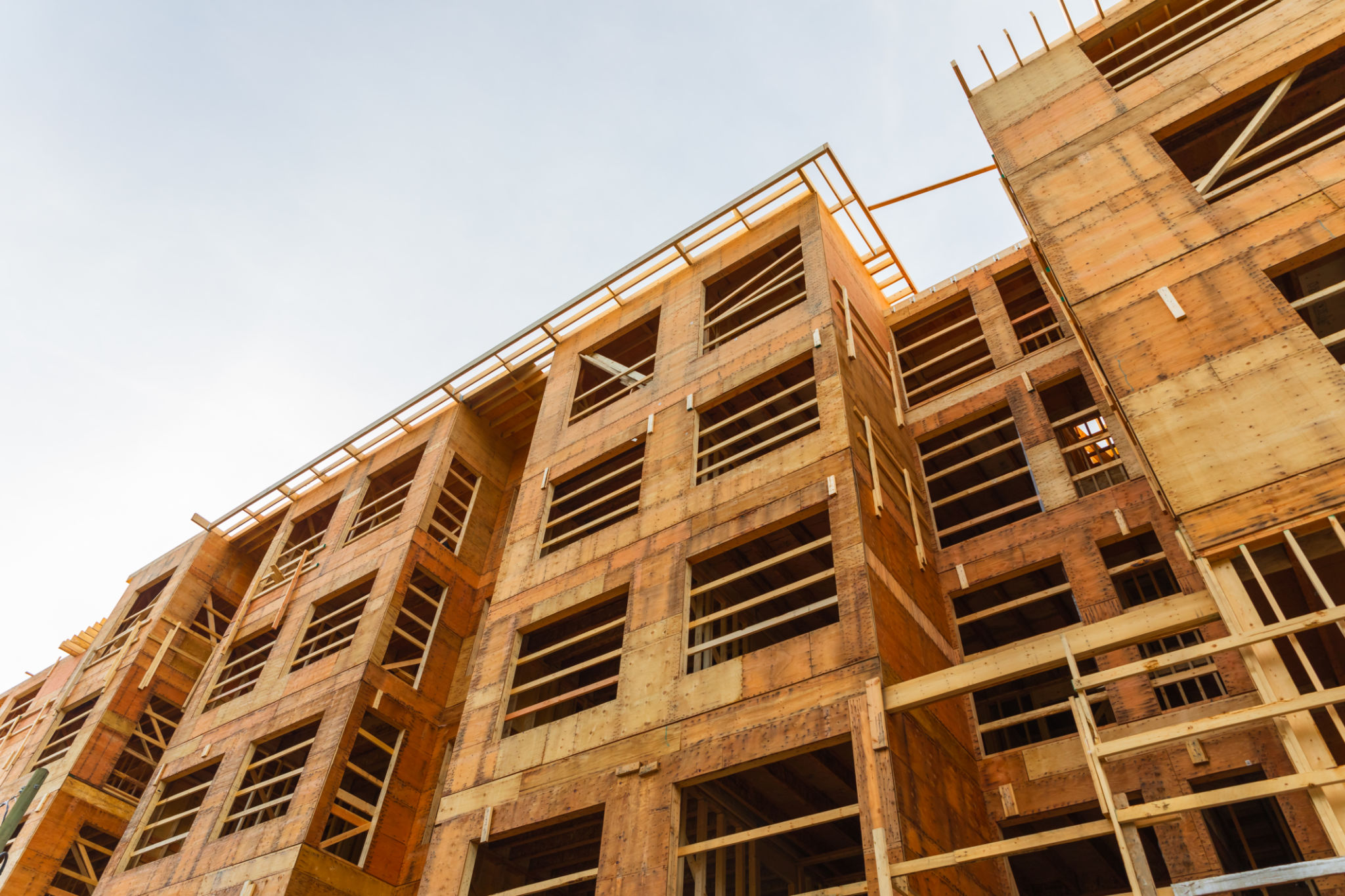How AI Technology is Revolutionizing High-Rise Safety in Walton County
Understanding AI in High-Rise Safety
In recent years, artificial intelligence (AI) has become a transformative force across numerous industries. One of the areas where AI is making significant strides is in the realm of high-rise safety, particularly in Walton County. By integrating AI technology into building management systems, high-rises can now ensure enhanced safety and security for their occupants.
The use of AI in high-rise buildings encompasses a variety of applications, from predictive maintenance to real-time monitoring. These technologies are designed to not only improve safety but also optimize operational efficiency. As more high-rises are developed in Walton County, the demand for smart safety solutions is growing, prompting an innovative approach to building safety.

The Role of AI in Emergency Response
One of the most critical applications of AI in high-rise safety is its role in emergency response. Traditional emergency systems rely heavily on manual intervention, which can lead to delays and errors. AI technology, however, streamlines the process by providing real-time data and analytics to emergency responders.
For instance, AI-powered surveillance systems can quickly detect anomalies such as smoke or unusual heat patterns. These systems automatically alert emergency personnel, reducing response times and potentially saving lives. Furthermore, AI can assist in coordinating evacuation procedures by analyzing building layouts and identifying the safest exit routes for occupants.
Predictive Maintenance and AI
Another significant benefit of AI technology in high-rise buildings is predictive maintenance. Traditional maintenance schedules often rely on fixed intervals, which may not accurately reflect the actual condition of building systems. With AI, high-rises can adopt a more proactive approach.
AI algorithms analyze data from various building sensors to predict when equipment is likely to fail. This allows building managers to perform maintenance before issues arise, minimizing downtime and enhancing safety. By identifying potential problems early, AI helps prevent accidents related to equipment failure, such as elevator malfunctions or electrical fires.

Enhancing Security through AI
Security is a top priority for high-rise buildings, and AI technology offers advanced solutions that bolster security measures. AI-powered surveillance cameras equipped with facial recognition can identify unauthorized individuals and alert security personnel in real-time.
Moreover, AI can monitor access points throughout the building and control entry using smart locks and biometric systems. This ensures that only authorized personnel can access restricted areas, significantly reducing the risk of security breaches. With these technologies, high-rises in Walton County can offer a safer environment for residents and businesses alike.
The Future of High-Rise Safety
The future of high-rise safety in Walton County looks promising with the continued integration of AI technology. As AI systems become more sophisticated, they will offer even greater capabilities in terms of safety and security.
Looking ahead, we can expect to see further advancements such as AI-driven crowd management systems and enhanced environmental controls. These innovations will not only improve safety but also contribute to sustainable building practices by optimizing energy use and reducing carbon footprints.

Conclusion
The impact of AI technology on high-rise safety is undeniable. By transforming emergency response, predictive maintenance, and security measures, AI is setting new standards for building safety in Walton County. As these technologies continue to evolve, they will play an increasingly vital role in ensuring the well-being of high-rise occupants.
Investing in AI-driven solutions is not just about keeping pace with technological advancements; it's about creating a safer, more efficient future for everyone who lives and works in high-rise buildings. As Walton County embraces these innovations, it sets a benchmark for other regions aiming to enhance their urban living environments.
